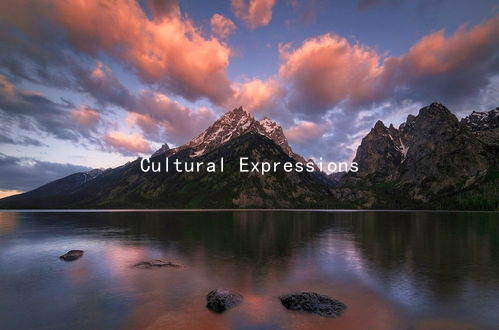Cultural Expressions of Affection: Navigating Romance in Multicultural Relationships
In an increasingly globalized world, romantic relationships often transcend cultural boundaries, bringing together individuals from diverse backgrounds. While love is a universal emotion, the expressions of affection can vary significantly from one culture to another. Navigating romance in multicultural relationships requires understanding and adaptability, as well as effective communication techniques to bridge the gaps between differing cultural norms.
One of the first steps in navigating multicultural romance is recognizing the unique ways in which different cultures express affection. In some cultures, overt displays of affection, such as public hand-holding or hugging, are common and welcomed. In others, these actions may be seen as inappropriate or disrespectful. For instance, in many Western cultures, phrases like I love you are frequently exchanged, while in some Asian traditions, such overt verbal expressions of love may be less common. Instead, actions often speak louder than words, with small gestures of care holding more significance.
Effective communication is key to understanding your partners cultural background and the nuances of their affection expressions. Open discussions about preferences and comfort levels can alleviate misunderstandings. For example, asking your partner how they feel about public displays of affection or what romantic gestures resonate with them can foster a deeper connection. It’s essential to approach these conversations with empathy and curiosity rather than judgment, creating a safe space for both partners to express their feelings.
Moreover, exploring each others cultures can enhance the romantic experience. This shared journey can involve learning about each other’s traditions, holidays, and customs surrounding love and relationships. Participating in activities that honor each culture can create new opportunities for bonding and understanding. For instance, cooking a traditional meal from your partners culture or celebrating a unique holiday together can deepen the emotional connection and show respect for each others heritage.

Navigating conflicts arising from cultural differences is also a crucial aspect of multicultural relationships. Misunderstandings may occur if one partner feels neglected due to different love languages or displays of affection. For example, one partner may prioritize quality time while the other values acts of service. Identifying each other’s love languages and finding common ground can help mitigate potential conflicts. Regularly checking in with one another about emotional needs can promote a healthier, more harmonious relationship.
Additionally, patience and flexibility are vital traits when dealing with cultural variances in affection. It may take time for both partners to acclimate to each others styles of expressing love. Being open to adjusting one’s expectations and practices can lead to a more fulfilling relationship. Celebrating small victories, such as successfully navigating a cultural misunderstanding or finding common affectionate practices, can strengthen the bond.
In conclusion, navigating romance in multicultural relationships involves understanding, effective communication, cultural exploration, conflict resolution, and a commitment to patience and flexibility. By embracing the rich tapestry of cultural expressions of affection, couples can create a unique and satisfying relationship that honors both partners backgrounds and strengthens their emotional connection. The journey may require effort and compromise, but the rewards of love that crosses cultural barriers can be truly transformative.





